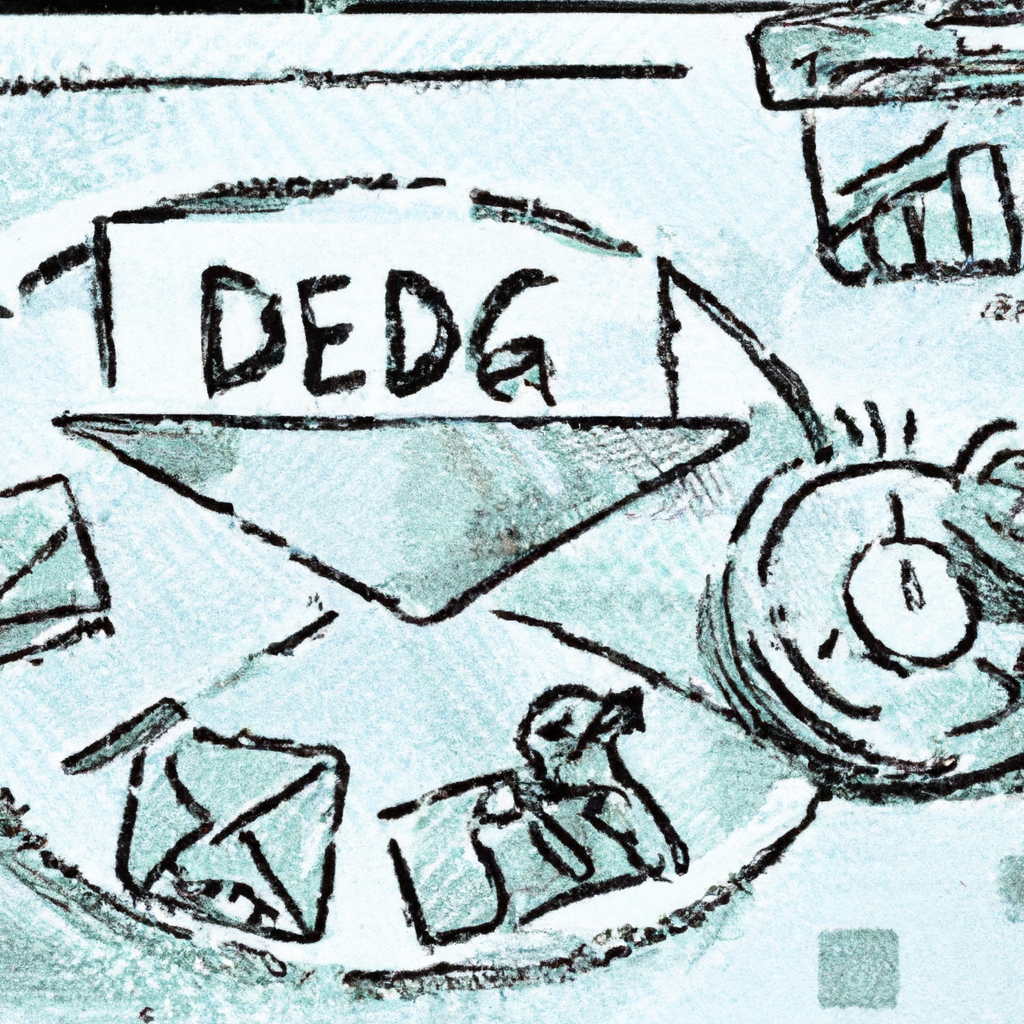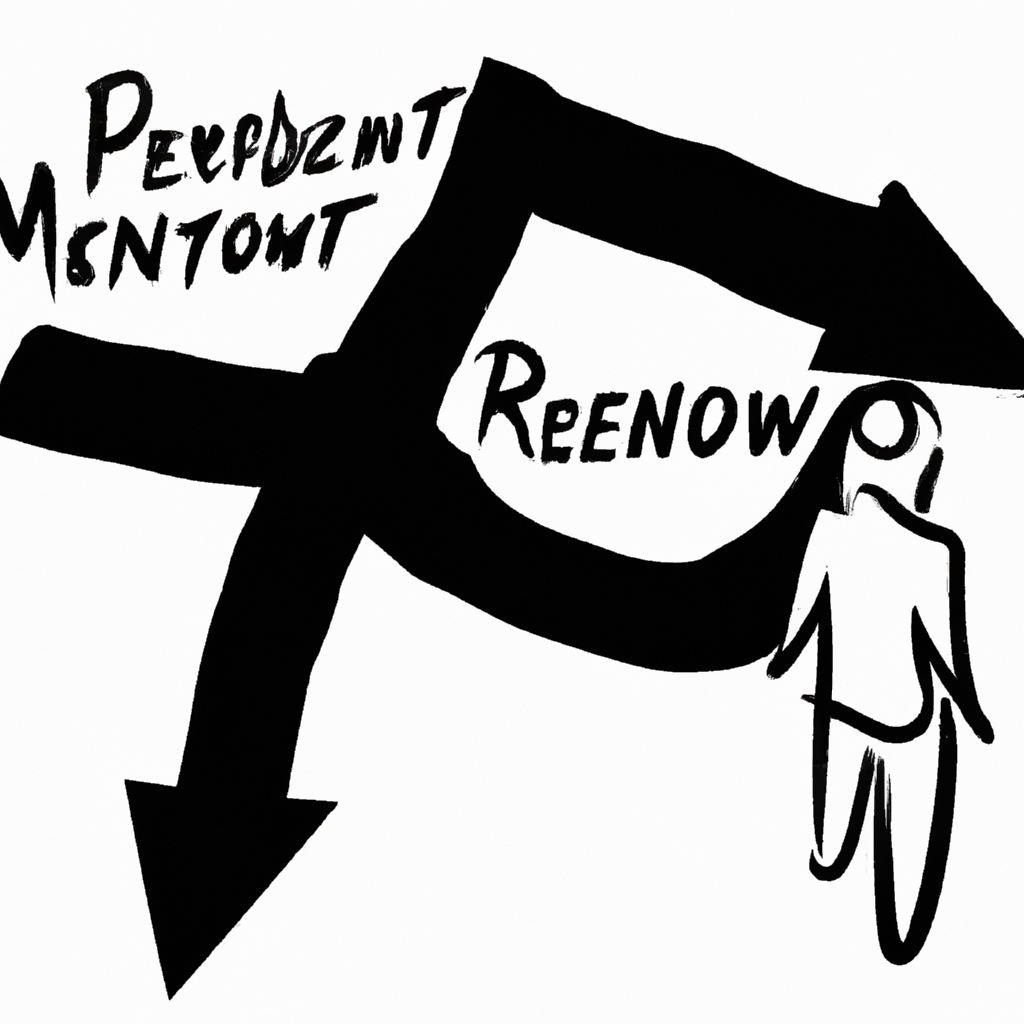Dear Readers,
AI plays a crucial role in our blog, helping us manage our time more effectively to keep the content flowing. While AI assists with content creation, which may lead to occasional spelling or grammar errors, our primary goal remains clear: to deliver meaningful insights to you. For important matters, please consult a specialist.
Thank you for your understanding and support.
Best regards,
Education.com.cy
Summary
This article explores the critical differences between owning an e-shop and marketing it. While both aspects are essential for a successful online business, they require distinct skill sets, time commitments, and financial investments. We will delve into the operational focus of owning an e-shop, the strategic elements of marketing, and provide real-world examples to illustrate these differences. This guide aims to help educators and parents understand the nuances of e-commerce ownership and marketing, offering practical insights for those considering entering this dynamic field.
Introduction
In the digital age, e-commerce has become a cornerstone of the global economy. Owning an e-shop and marketing it effectively are two sides of the same coin, each playing a crucial role in the success of an online business. However, these two aspects involve different responsibilities, challenges, and strategies. Understanding these differences is vital for anyone looking to thrive in the e-commerce space. This article will break down the key distinctions between owning an e-shop and marketing it, providing a comprehensive guide for educators, parents, and aspiring entrepreneurs.
Main Sections
Ownership of an E-shop
Owning an e-shop involves several foundational tasks that ensure the business runs smoothly and efficiently.
Initial Setup
Setting up an e-shop requires selecting a platform, designing the website, and integrating payment gateways. This stage is crucial as it lays the groundwork for the business.

Inventory Management
Managing inventory involves tracking stock levels, ordering new products, and ensuring timely delivery to customers. Effective inventory management prevents stockouts and overstock situations.

Customer Service
Providing excellent customer service is essential for retaining customers and building a loyal customer base. This includes handling inquiries, processing returns, and resolving complaints.

Financial Management
Financial management encompasses budgeting, accounting, and financial reporting. Owners must keep track of expenses, revenues, and profits to ensure the business remains financially healthy.

Marketing an E-shop
Marketing an e-shop involves promoting the business to attract and retain customers. This requires a strategic approach and various marketing techniques.
Digital Marketing Strategies
Digital marketing strategies include email marketing, content marketing, and influencer partnerships. These strategies help in reaching a broader audience and driving traffic to the e-shop.

Social Media Marketing
Social media marketing leverages platforms like Facebook, Instagram, and Twitter to engage with potential customers. Creating engaging content and running targeted ads are key components.

SEO and Content Marketing
Search Engine Optimization (SEO) and content marketing involve optimizing the e-shop’s website and creating valuable content to improve search engine rankings and attract organic traffic.

Paid Advertising
Paid advertising includes Google Ads, social media ads, and display ads. These ads target specific demographics and drive immediate traffic to the e-shop.

Key Differences
Understanding the key differences between owning and marketing an e-shop is crucial for success.
Operational Focus
Owning an e-shop focuses on the day-to-day operations, including managing inventory, customer service, and financials. Marketing, on the other hand, focuses on promoting the business and attracting customers.

Skill Sets Required
Owning an e-shop requires skills in operations, logistics, and customer service. Marketing requires skills in digital marketing, content creation, and data analysis.

Time Commitment
The time commitment for owning an e-shop involves daily operational tasks, while marketing requires ongoing strategic planning and execution.

Financial Investment
Financial investment in owning an e-shop includes costs for inventory, website maintenance, and customer service. Marketing investment includes costs for advertising, content creation, and marketing tools.

Case Studies
Real-world examples help illustrate the differences between owning and marketing an e-shop.
Successful E-shop Ownership
A case study of a successful e-shop owner who excels in inventory management, customer service, and financial management.

Successful E-shop Marketing
A case study of a successful e-shop marketer who excels in digital marketing strategies, social media engagement, and SEO.

Conclusion
In conclusion, owning an e-shop and marketing it are two distinct yet interconnected aspects of running a successful online business. While ownership focuses on operational efficiency, marketing aims to attract and retain customers. Understanding these differences is crucial for anyone looking to enter the e-commerce space. By mastering both ownership and marketing, educators and parents can guide aspiring entrepreneurs towards building thriving online businesses.

Thank you for reading our article on Differences Between Owning an E-shop and Marketing It. We highly value your feedback and invite you to take a brief survey to share your thoughts and experiences. Your responses will be kept confidential.
Dear Readers,
Welcome to my blog, where technology, music, and visual arts come together to spark creativity and growth. By subscribing, you’ll become part of a vibrant community committed to exploring and learning in these areas.
Select the type of engagement that suits you best:
Join us and enjoy tailored content and direct support suited to your interests.
